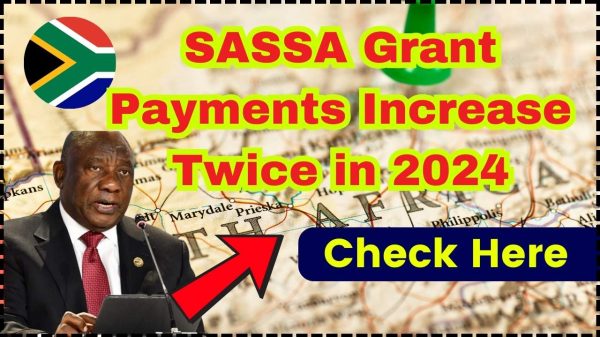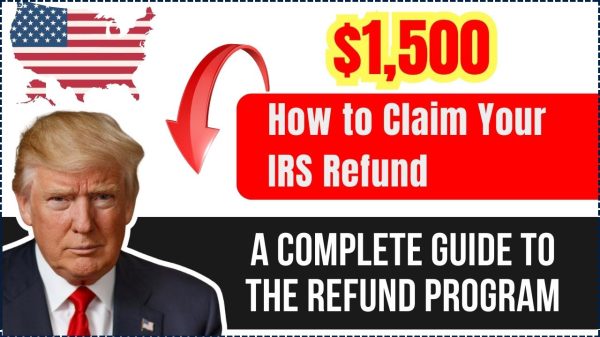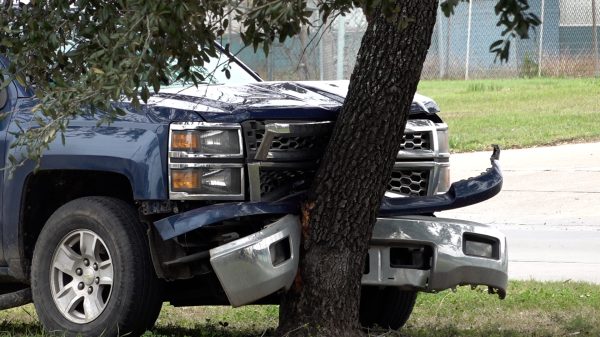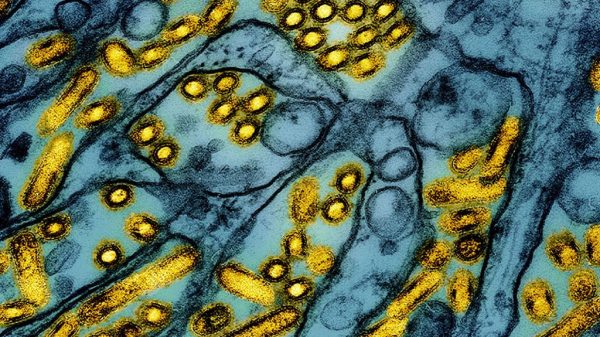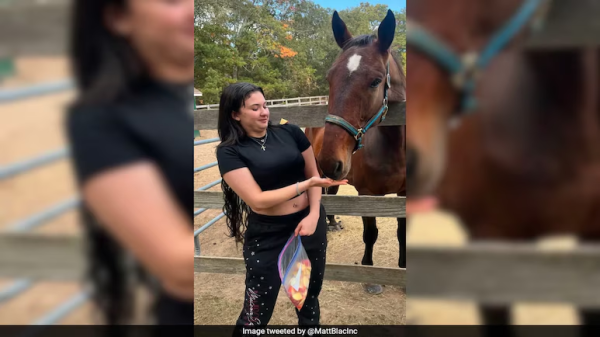As student loan payments resume after a three-month holiday, some borrowers are experiencing delays and billing issues. The departure of three corporations in 2021 led to new loan providers, which caused instability.

Student Loan Application (Photo: Google)
Problems with Loan Service Provider Changes: Student Loan Repayment Delays, Errors, and Legal Infractions
After switching loan servicing providers, 44% of federal student loan borrowers began payments late and inaccurately in October. Instead of being fired, borrowers were repaid. Miguel Cardona, Education Secretary, promises to improve student loan monitoring, accountability, and results.
New loan service providers may affect loan amount, interest rate, credit bureau reporting, missed payments, and due dates. These errors led to delinquency, missed payments, penalties, and forgiveness of credit and interest subsidies, according to the Department of Education. Miscalculated SAVE payments, incorrect billing amounts, late or absent billing statements, and missing IDR disclosures are important issues. FSA encourages borrowers throughout the repayment changeover but does not accept errors that generate confusion and financial instability.
Sweet v. Cardona, a class-action lawsuit against for-profit banks, improperly placed debtors with pending defense releases back in repayment. MOHELA, the loan servicer, sent 200,000 clients emails claiming payments would resume in October despite having information that their debt would be eliminated in February. According to the Project on Predatory Lending, the defense argument that borrowers should not repay is a crime. After MOHELA failed to send 2.5 million borrowers timely billing statements and incorrectly placed those with outstanding claims back in repayment, the Department of Education withheld $7.2 million.
READ ALSO: Student loans: Biden administration discharges additional $4.8 billion in student debt
Strategic Steps for Effective Federal Student Loan Management and Debt Forgiveness
For debtors in administrative forbearance owing to errors, the servicer has time to fix them before they enter repayment. All borrowers in administrative forbearance will get PSLF or IDR debt forgiveness for the months in forbearance. The Department of Education emphasizes mistake correction and makes servicers responsible for fundamental duties.
Effectively managing federal student loans:
1. Know that interest accrues over a 12-month credit reporting grace period. Correct your StudentAid.gov contact information.
2. Explore income-driven repayment (IDR) schemes like SAVE, available to all borrowers, not just low-income ones.
3. Consolidate commercial FFEL loans into a Direct Consolidation Loan for SAVE benefits by December 31, perhaps changing servicers.
4. Apply for Fresh Start by Dec. 31 to restore good standing if in default pre-pandemic.
5. Consider federal loan consolidation vs. refinancing. Federal benefits may be denied if you refinance into private loans.
6. Inquire about SECURE 2.0: If your workplace has a matching retirement plan, inquire about SECURE 2.0, which allows student loan payments to contribute toward your 401(k) in 2024.
7. Avoid debt forgiveness frauds; PSLF, disability discharge, borrower’s defense, and IDR discharges are real. No payment is needed for federal debt forgiveness or discharge.








